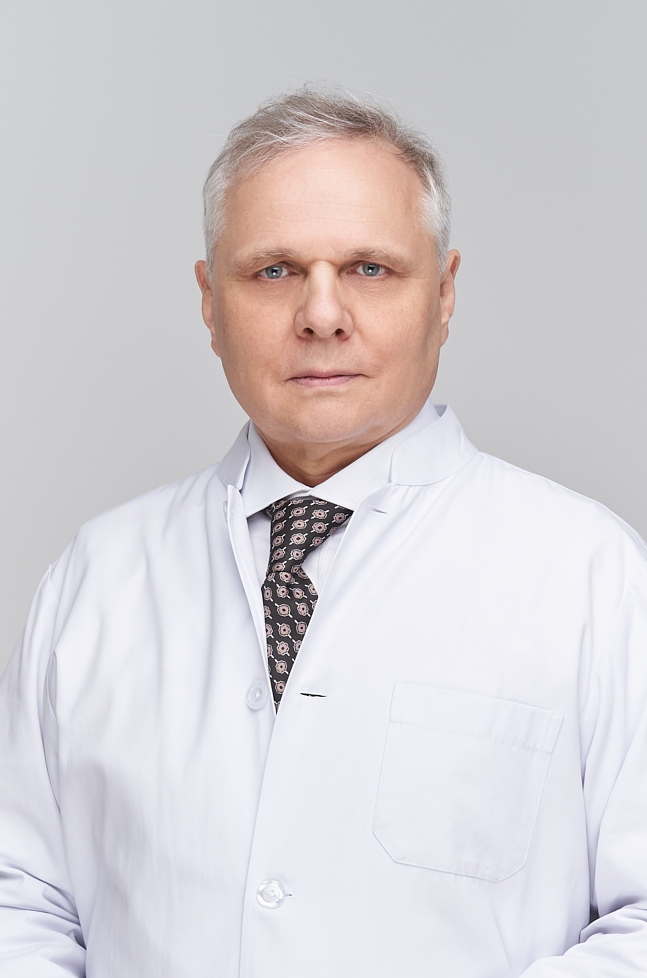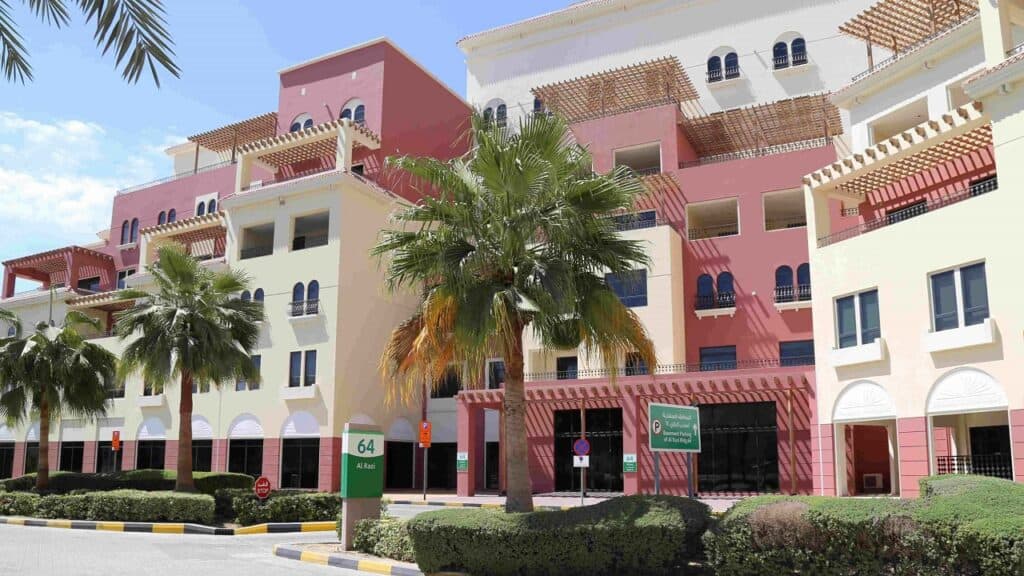
There are many types of depression, each with unique symptoms, causes, and treatments. In this guide, Dr. Kowal explains the most common and rare forms of depression.
The psychiatric manuals, such as DSM-5 or ICD-10, help identify a particular type of depression. The manuals specify criteria such as anxious distress, mixed features, melancholic features, atypical features, psychotic features, catatonia, peripartum onset, and seasonal patterns.
The description “Clinical Depression” is not a proper psychiatric diagnosis. The term is used for depression with more severe symptoms which require treatment, usually referring the the Major Depressive Disorder (MDD.)
Endogenous versus Reactive Depression
The category “endogenous” or “reactive” depression has been used in the ICD 9 diagnostic manual. Depression can have internal (endogenous) or external (reactive) causes.
Endogenous depression refers to a type of depression that has no apparent external cause such as stress, trauma, or grief. This suggests that genetic or biological factors are the main root cause for this type of depression. Unexpectedly, people who are successful, live active lives, have intact families, and have no obvious reasons for being sad become depressed. This type responds well to the treatment with medication.
External circumstances can cause the onset of depression, called “reactive depression.” The triggering factors might be social isolation, hostile environments, personal losses, or personal misgivings. The symptoms caused by the reactive depression usually disappear after solving the external problems.
Determining the cause of depression is always difficult. Depression can develop at any age, with or without major external events. Therefore, in ICD 10, the diagnosis is based on descriptive characteristics (mild, moderat, sever episodes), taking in consideration the multi multifactoriafactorial cause of depression.
Major Depressive Disorder. Most Common Type of Depression
One of the most commonly diagnosed forms of depression is Major Depressive Disorder (MDD). MDD differs from other types of depression in several ways. This condition can occur at any age but most commonly begins in late adolescence to the mid-20s. Women are more likely than men to experience depressive symptoms.
The main symptoms in Major Depressive Disorder, is a deep, persistent low mood, followed by fatique and sleep deprivation. To be diagnosed with MDD, symptoms must persist for at least two weeks. ,
Major Depressive Disorder has episodic course and can continue for months, sometimes for years. It can be further categorized based on the symptom’s severity in mild, moderate, or severe episodes. A form with frequent episodes is called Recurrent Depressive Disorder.
Untreated MDD can have dire consequences, affecting people’s overall quality of life. The depressive symptoms can persist for months or even years. In the worst cases, MDD can lead to suicide.
Atypical Depression – MDD with atypical features
Atypical depression is a sub-type of Major Depressive Disorder with atypical features. The main characteristic is the emotional reactivity with moods reacting strongly to environmental circumstances. The individuals suffering of atypical depression feel extremely sensitive. They experience profound fatigue, crave for food and face interpersonal difficulties. The patients feel leaden heaviness in arms or legs.
Unlike classic melancholic depression, atypical depression lacks features like insomnia, weight loss, and loss of reactivity of mood. The positive events don’t have any mood enhancing effect. Increased appetite can be observed through a noticeable increase in food intake or weight gain. Hypersomnia may manifest as either an extended period of nighttime sleep or daytime napping.
Catatonic Depression
Catatonic depression, is a combination of catatonia and depression. The condition is categorized under the DSM-5 as Major Depressive Disorder with Catatonic Features. Catatonia is relatively common in psychiatric conditions, but its occurrence in major depressive disorder is rare. The exact cause of catatonia is not yet fully understood. It is often associated with various psychiatric or neurological disorders. It is predominantly associated with bipolar depression in Bipolar disorder.
Catatonia is characterized by a clinical picture including stupor, psychomotor agitation, postural stereotypes, negativism, catalepsy, varying flexibility, and other symptoms like command automatism and speech stereotypes.
Dysthymia. Long-Lasting Type of Depression
The old term “Dysthymia” called in the new nomenclature “Persistent Depressive Disorder” (PDD), is a form of long-lasting depression. It has similar symptoms as the clinical depression (Major Depressive Disorder (MDD), but their last longer. Additionally, the depressive symptoms in dysthymia are far less severe than in Major Depressive Disorder.
Despite the less pronounced symptoms, dysthymia is associated with a high level of distress, primarily because the symptoms persist more or less constantly over years but with a lower intensity.
Clinical evaluation should always include diagnostic testing. Tools such as the Beck Depression Inventory (BDI) and the Hamilton Depression Scale (HAMD-Score) can provide insights into the severity of the depressive mood.
Causes of Dysthymia
The causes of dysthymia, similar as in Major Depressive Disorder, are multifactorial. The best researched are the influence of genetic factors, dependence due to an overprotective upbringing and subsequent self-devaluation, and psychosocial influences such as social isolation.
Prevalence
The lifetime prevalence of dysthymia is approximately 4–6%, and it typically manifests in early adulthood. In 50% of cases, dysthymia begins before the age of 25. Women are more frequently affected and also tend to develop the condition earlier than men. The condition usually appears in adolescence or early adulthood, although people of all ages can be affected.
Postpartum Depression
Pregnancy and the period after delivery is a particularly vulnerable time for women. During this time mothers are exposed to major biological, emotional, and social changes causing high risk for developing depression or anxiety.
From Postpartum to Peripartum Depression
The change from DSM-4 “postpartum depression” to DSM-5’s “peripartum depression” reflects evidence that around half of depressive episodes related to pregnancy actually occur prior to delivery.
The term “perinatal” refers to the period before and after the birth of a child. Perinatal depression includes depression that begins during pregnancy, called prenatal depression, and depression that begins after the delivery, called postpartum depression.
Symptoms of Peripartum Depression
Mothers affected with peripartum depression experience symptoms such as sadness, emotional numbness and anxiety. Their sleep is disturbed, and the energy level is reduced, limiting their abilities to carry for themselves and the child.
Peripartum depression carries risks not only for the mothers but also for their children. Children of mothers who suffered from depression during pregnancy or after delivery are at much higher risk of developing mental conditions. Also, the mature offspring of mothers with peripartum depression are at much higher risk of developing depressive disorders or anxiety in their later stages of life.
Premenstrual Dysphoric Disorder (PMDD)
Premenstrual Dysphoric Disorder (PMDD) is the most severe phorm of Premenstrual Syndrome (PMS). PMDD significantly affects daily life, including work, social interactions, and relationships. In extreme cases, it can lead to suicidal feelings. While premenstrual symptoms have been recognized for centuries, diagnostic criteria have only recently been clearly defined.
Evolution of the PMDD Diagnosis
The terminology for premenstrual disorders has evolved over time. In the 18th century, it was referred to as “menses moodiness,” changing to “premenstrual tension” in the early 19th century, and finally to “premenstrual syndrome” (PMS) in the 1950s. Although some level of discomfort before menstruation is common, PMS refers specifically to cases where symptoms are severe enough to disrupt daily activities and overall functioning.
PMDD Symptoms
Currently, PMDD is recognized as a distinct condition under the “Depressive Disorders” category in the DSM-5. Premenstrual Dysphoric Disorder symptoms encompass a range of mood, behavioral, and physical changes that follow a cyclical pattern. These symptoms typically emerge during the luteal phase of the menstrual cycle, typically one to two weeks before menstruation, and subside once the menstrual period begins.
Agitated or Anxious Depression
This type of depression involves worry, restlessness and anger. It can be easily mistaken for anxiety disorder. People with agitated depression usually do not feel depressed in the sense of feeling fatigued. They experience psychomotor restlessness. The affected individual might move around, feel angry, talk constantly, having shaky hands and racing thoughts. While being externally hyperactive, on the inside they feel confused and helpless.
Agitated Depression in DSM-5
The fifth edition of the Diagnostic and Statistical Manual of Mental Disorders (DSM-5) does not recognize “agitated depression” as a separate, stand-alone diagnosis. Instead, restlessness or agitation can occur as a symptom in several disorders, including major depressive disorder (MDD). While DSM-5 provides specific criteria for diagnosing Major Depressive Disorder (MDD), it also allows for additional descriptive features. Agitation can be considered one of these features.
As this list shows, “psychomotor agitation” is one of the possible symptoms that can contribute to an MDD diagnosis. Even though the term “agitated depression” does not appear in DSM-5, the concept is still reflected in the criteria for MDD when agitation is a prominent symptom alongside other signs of depression.
Seasonal Depression
The symptoms of Seasonal Affective Disorder (SAD) called seasonal depression, or winter depression occur only in the dark part of the year, typically in winter. They are less severe than the symptoms of Major Depressive Disorder that occur year-round. Seasonal Depressive Disorder has similar diagnostic criteria to MDD, with two differences: in typical depression, there is a loss of appetite, and the sufferer loses weight. In winter depression, the opposite happens: there is increased appetite and weight gain.
The other difference is in sleep: both forms can cause sleep disturbances, but in typical depression, the sleep is deprived (problems to fall and to maintain sleep), whereas in winter depression, people tend to sleep too much. The seasonal depression is very rare with prevalence in the general population of about one to two percent.
Masked Depression
Masked depression called also “hidden depression,” was once a term used to describe a form of depression where physical symptoms hid the underlying emotional disorder. While masked depression tends to involve more physical complaints, typical depression is more likely to be marked by emotional symptoms such as persistent sadness, hopelessness, fatigue, and suicidal thoughts.
Symptoms of Masked Depression
People with masked depression often experienced a variety of physical complaints, including back pain, skin tingling, migraines, persistent headaches, chest pain, abdominal pain, etc. Many patients never connected their symptoms to a mental health issue, seeking help only for the physical problems.
Diagnosis of masked depression was challenging because patients were usually unaware of the psychological cause of their symptoms and often resisted mental health care. As a result, many cases were misdiagnosed, with only 5–60% being correctly identified and treated. Studies suggest that around 10% of patients visiting a doctor for any reason may have had depression hidden behind physical symptoms.
Concept of Masked Depression. The Historical Debate
Today, the term has only historical significance and is no longer in use in most Western countries. The diagnosis of masked depression has been replaced by “somatic symptom disorder.” However, some psychiatrist still use the term to describe reduced wellbeing with mostly physical complains without obvious depressive symptoms.
Frequently Asked Questions
In the section below, we address some of the most common questions our patients ask about the different forms of depression. Understanding the variety of depressive disorders can help you recognize symptoms earlier, seek the right treatment, and support loved ones more effectively.
What are the main types of depression?
Depression is not a single condition but a group of related disorders. The most well-known type is Major Depressive Disorder, often referred to simply as “clinical depression.” Other forms include Persistent Depressive Disorder (dysthymia), which lasts for years with milder but ongoing symptoms; Seasonal Affective Disorder, which appears during certain times of the year; postpartum depression, which occurs around childbirth; and atypical depression, which can involve unusual patterns such as increased sleep and appetite. Each type has its own features, triggers, and recommended treatments.
Which type of depression is the most severe?
Major Depressive Disorder can be extremely severe, particularly when it is left untreated. Symptoms may include deep sadness, hopelessness, loss of interest in almost all activities, and significant changes in sleep and appetite. In severe cases, it can lead to suicidal thoughts or behaviors. While other forms of depression can also be serious, MDD tends to have the most pronounced impact on daily functioning and quality of life.
Can depression appear differently from person to person?
Yes. Depression is a highly individual condition. One person may feel persistently sad and withdrawn, while another may appear restless, irritable, or even physically unwell without clear emotional symptoms. Some people experience primarily physical complaints—such as headaches, back pain, or fatigue—before realizing they are depressed. Because of these variations, proper diagnosis requires a thorough evaluation by a qualified mental health professional.
Is it possible to have more than one type of depression?
It is possible. For example, someone living with Persistent Depressive Disorder may also experience a severe episode of Major Depressive Disorder—a combination sometimes called “double depression.” Likewise, seasonal patterns can occur in people who already have another form of depression, making symptoms more challenging to manage.
Does every type of depression need medication?
Not necessarily. The best treatment depends on the type of depression, its severity, and the individual’s circumstances. Many people benefit from psychotherapy, lifestyle changes, and strong social support networks. Others, particularly those with moderate to severe symptoms, may need antidepressant medication, sometimes alongside therapy. A mental health professional can help determine the most effective approach.
Can depression go away on its own?
In rare cases, mild depressive episodes may resolve without formal treatment, especially if they are triggered by temporary stressors. However, most forms of depression do not simply disappear, and untreated depression can become worse over time. Early intervention offers the best chance for full recovery and reduces the risk of recurrence.


